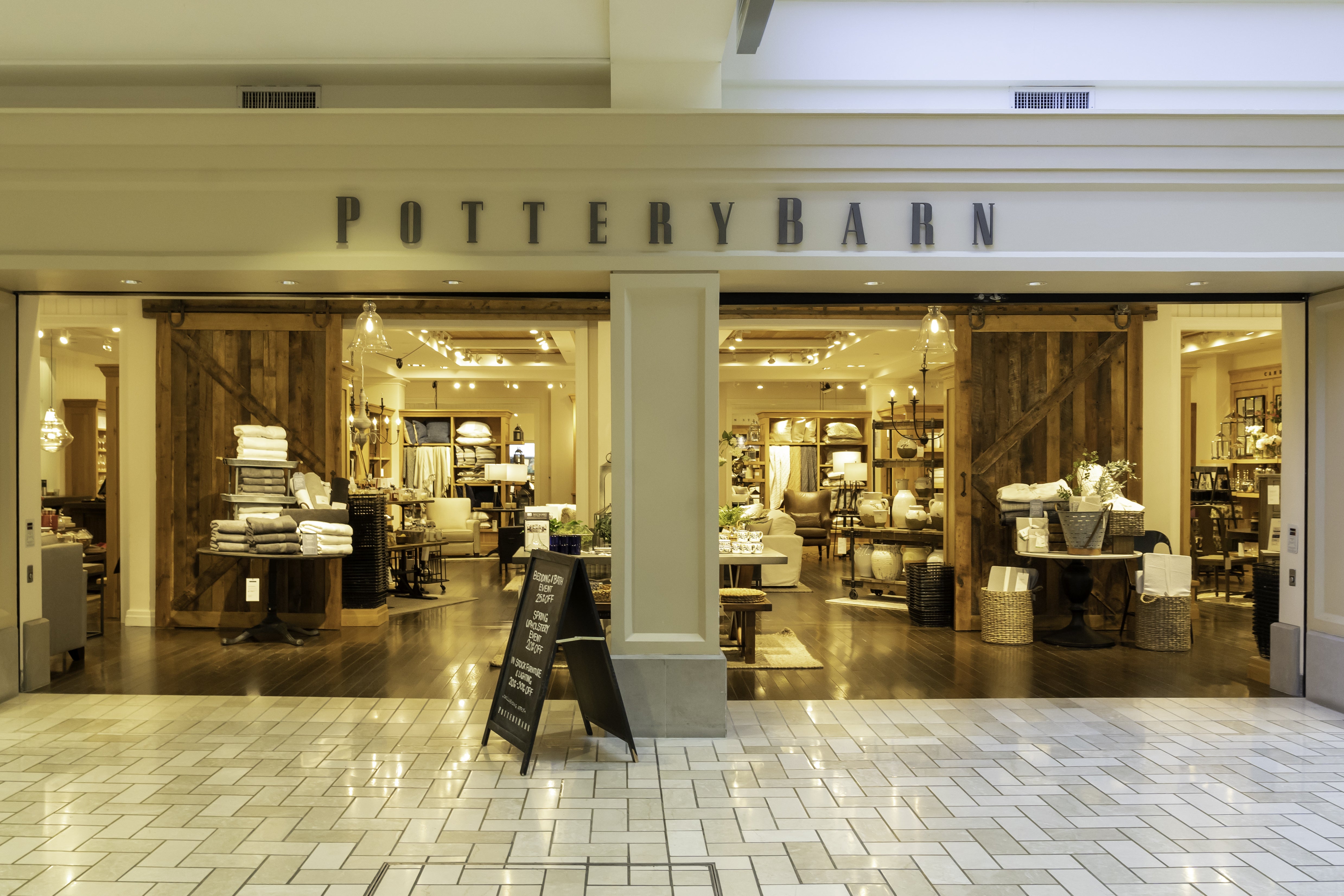RH is making lots of headlines, Bed Bath & Beyond seems to be turning around its business, and Ashley and Ikea are growing faster than most other industry players. But if you had to point to the home furnishings retailer that is the best positioned, the most balanced and overall well situated for the industry’s current boom, perhaps no company is better off than Williams-Sonoma Inc.
The $6 billion home furnishings specialist—its brands include Pottery Barn, West Elm and Rejuvenation, in addition to several smaller spinoffs and its namesake kitchenware unit—has achieved a truly omnichannel positioning, balancing stores with e-commerce in a way that is still only a dream for most legacy retailers in the field. Williams-Sonoma’s “digital first, not digital only” strategy combines both pieces of the retail mix even as the company continues to adjust and tweak its business model to reflect the changing marketplace.
Going into the pandemic, the company’s revenue was split almost evenly between its e-commerce operation and its physical stores (there are 600 now, but that number is going down). That balance was achieved through a history of selling direct to consumers via print catalogs long before the company ever launched its first online selling site in 1999. When current CEO Laura Alber first came on board in 1995 as a Pottery Barn buyer, the brand was already doing 40 percent of its revenue direct.
Many of the company’s stores, shut down for months amid the pandemic, have been slow to recover. But while foot traffic across all of retailing continues to struggle, Williams-Sonoma has seen its online sales boom, up more than 49 percent in the third quarter of its fiscal year. Today, it is doing about two-thirds of its overall business online—and while that may recede as physical stores regain share, it will likely be higher than ever when things settle down.
Remarkably, Williams-Sonoma has seen growth across the board. Its West Elm unit, which accounts for about 25 percent of overall revenue, is believed to be the fastest growing of its brands, but the kitchen and cookware stores the company started in the 1950s have benefited from the strong trend in home cooking during the pandemic. That unit represents 18 percent of the brand’s overall business.
The biggest nameplate in the company is Pottery Barn, which does 38 percent of total sales and is probably the most ubiquitous on the physical store scene. (For those of you who may not go back that far, Pottery Barn was once owned by The Gap; Williams-Sonoma purchased it in 1986 when it was a relatively small operation—nothing like its merchandising and physical footprint today.)
More recently, Alber has said the company will focus on its best stores and is slowly pruning its fleet, an effort that is being stepped up this year with about a tenth of its overall count—60 stores—slated to close. Its proactive stance on brick-and-mortar closures is consistent with the strategy to be where its customers are, no matter how they want to buy.
Some analysts, particularly KeyBanc, have gone negative on the whole home furnishings category, forecasting that when Americans start to emerge from their homes after the vaccine rollout, consumers will turn their attention back to other spending, such as travel and outside-the-home entertainment.
Though that is likely to happen at some point, many forecasts are not predicting that level of activity until at least the fourth quarter of 2021 and into early 2022. And as we’ve seen over the past 15 months, forecasts have become a moving target.
Williams-Sonoma, however, is in a sweet spot in the market, poised to ride out any change in consumer spending patterns better than most. It has a broad range of brands and cuts across both decorative and functional home products. It has two smaller divisions—light fixture and hardware brand Rejuvenation and monogrammed handbag and gift purveyor Mark and Graham—that could have enormous upside potentials for growth given their small sizes now. And its e-commerce capabilities are far and away best in class and should continue to attract shoppers even when they venture back into stores.
Williams-Sonoma was born when an amateur cook named Chuck Williams began selling imported cookware from France. Investor Howard Lester bought the company and brought working capital, sophisticated analytics and management. Current RH chairman and CEO Gary Friedman cut his teeth at the company—shaping Pottery Barn’s assortment and strategy before helping to develop the West Elm brand—and left lasting marks on its merchandising strategy. And Alber has taken it all to the next level, even as much of the rest of the retailing world is stumbling around looking for answers.
Today, Williams-Sonoma stock is just a shade north of $124, more than triple its low when the pandemic’s impact first hit Wall Street 11 months ago. If it’s not the best-positioned home furnishings retailer in the business, I think you’d be hard-pressed to find anybody better.
Homepage photo: A Pottery Barn store in Virginia | JHVEPhoto/Adobe Stock
____________
Warren Shoulberg is the former editor in chief for several leading B2B publications. He has been a guest lecturer at the Columbia University Graduate School of Business; received honors from the International Furnishings and Design Association and the Fashion Institute of Technology; and been cited by The Wall Street Journal, The New York Times, The Washington Post, CNN and other media as a leading industry expert. His Retail Watch columns offer deep industry insights on major markets and product categories.




























